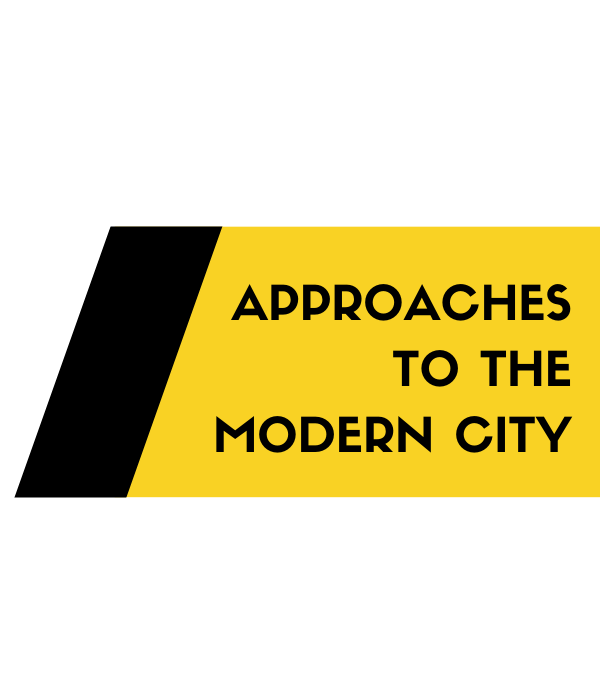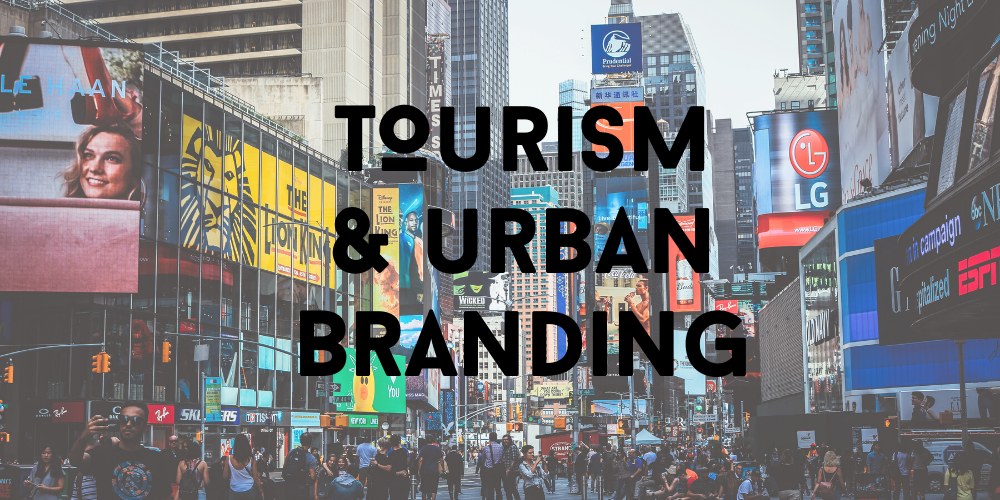By Sonia Su
The following is the script accompanying the presentation of these slides.
Kaohsiung is Taiwan’s largest port city. It became a symbol of the country’s economic boom in the 1980s and 90s, but simultaneously developed a reputation that made it unattractive to investors, or to tourists, for that matter, because of air pollution and the lack of clean drinking water. Following trends in Western Europe, Taiwan more recently has been facing the dual crises of industry migration and de-industrialization. Kaohsiung has had to adapt to the effects of the shift from an industrial to a service economy.
The country’s first export processing zone was established in Kaohsiung in 1966. Having long been a hotbed for manufacturing and container industries, the city also gave the impression of being a “cultural desert” (Ma 2009). With the lack of cultural infrastructure, Kaohsiung lacked high quality cultural activities and artistic performances.
Mega events—such as the 2005 World Expo at Aichi, 2006 World Leisure Congress in Hangzhou, 2008 Beijing Olympics—by their nature are seen as bringing unprecedented levels of tourism, media coverage, economic impact, and prestige to the host city and its community. Above all, Olympic games are the events of choice for cities that seek to transform their global image. C.J. Lee calls this city brand awareness and city brand image (Lee 2014). Such a place image is multidimensional and can be composed of the place’s features such as geography, history, music, art, and famous residents.
The 2009 Kaohsiung World Games was no exception, and in fact served as a basis for expanding the city’s urban tourism strategy. The event was the first of its kind in Taiwan and allowed the city to understand the need for redevelopment.
But rather than treating it as the culmination of Kaohsiung’s modern city infrastructure and urban expression, the city used the games as strategic leverage of its cultural resources. Such a strategy was seen as a success, with the president of the organization behind the World Games calling it the “best Games ever” (Lee 2014). By presenting a “glocalized” culture in Taiwan, Kaohsiung focused on promoting its distinctive cultural roots and values as a southern capital city (Liu 2012).
The city constructed a main stadium that used a solar panel on the roof for power generation. This introduced the concept of green architecture for aesthetic and efficiency purposes, ultimately contributing to an impression of the city as rapidly developing yet also environmentally conscious. After the Games, tourists left with a positive view of its local residents as passionate and friendly.
Moreover, Kaohsiung has revived its Love River. Originating in Bagua Village in the northeast, it flows 12 km to the southwest through Kaohsiung City into Kaohsiung Harbor. The river experienced a long period of transformation and thus the revival cannot be attributed directly to the World Games, though it was the location of the dragon boat competition during the games. In the years prior, the river had been the venue for festivals such as the Taiwan Lantern Festival and Kaohsiung Lantern Art Festival.
The river’s development is divided into 5 stages. Plans to regulate the river in this last stage led to the construction of sewers and a floodgate system. Such modern regulation demonstrates a successful example of “transforming and reusing unprofitable resources in the de-industrialization process” (Chen 2018). This, in turn, has helped to improve the city’s image, water quality, scenery, and overall space for both residents and visitors.
Furthermore, the city had realized that the “development of Kaohsiung Harbor could effectively enhance the overall infrastructure” of the city (Hung 2020). With investment of more than $30 billion NTD, Kaohsiung has been transforming its harbor into Asia’s New Bay Area. Such projects include an international conference and exhibition center, international port travel area, public library, and waterside light rail transit based on the original Fisherman’s Wharf. Many visitors, including myself, enjoy the Pier-2 Art Center, with its former warehouses transformed into art exhibits, cafes, and boutiques.
More recently, I have been most fascinated by the work of the architecture firm Mecanoo in Kaohsiung. The firm is based in the Netherlands and is behind famous projects around the world, including New York’s Mid-Manhattan Library and DC’s Martin Luther King, Jr. Memorial Library renovation.
In October 2018, the National Kaohsiung Center for the Arts opened to the public. Designed by Mecanoo’s founding partner and architect Francine Houben, it has been described as a “part-landscape, part-architecture building” and is the largest performing-arts center under one roof (Baldwin 2019).
It houses an opera house, playhouse, concert hall, and recital hall. Sitting in the 65-hectare WeiWuYing Metropolitan Park, it was “made to blur the boundaries between indoors and out, solid and void” (Baldwin 2019). During the 12 years it took to design and build this center, Kaohsiung has developed a subway system, while the local and national governments built a high-speed rail connecting Kaohsiung to Taipei. This project reflects Kaohsiung’s transformation over the past 15 years from a harbor city to a diverse metropolis, where parks and cultural facilities attract well-educated Taiwanese and offer tourists a reason to visit.

